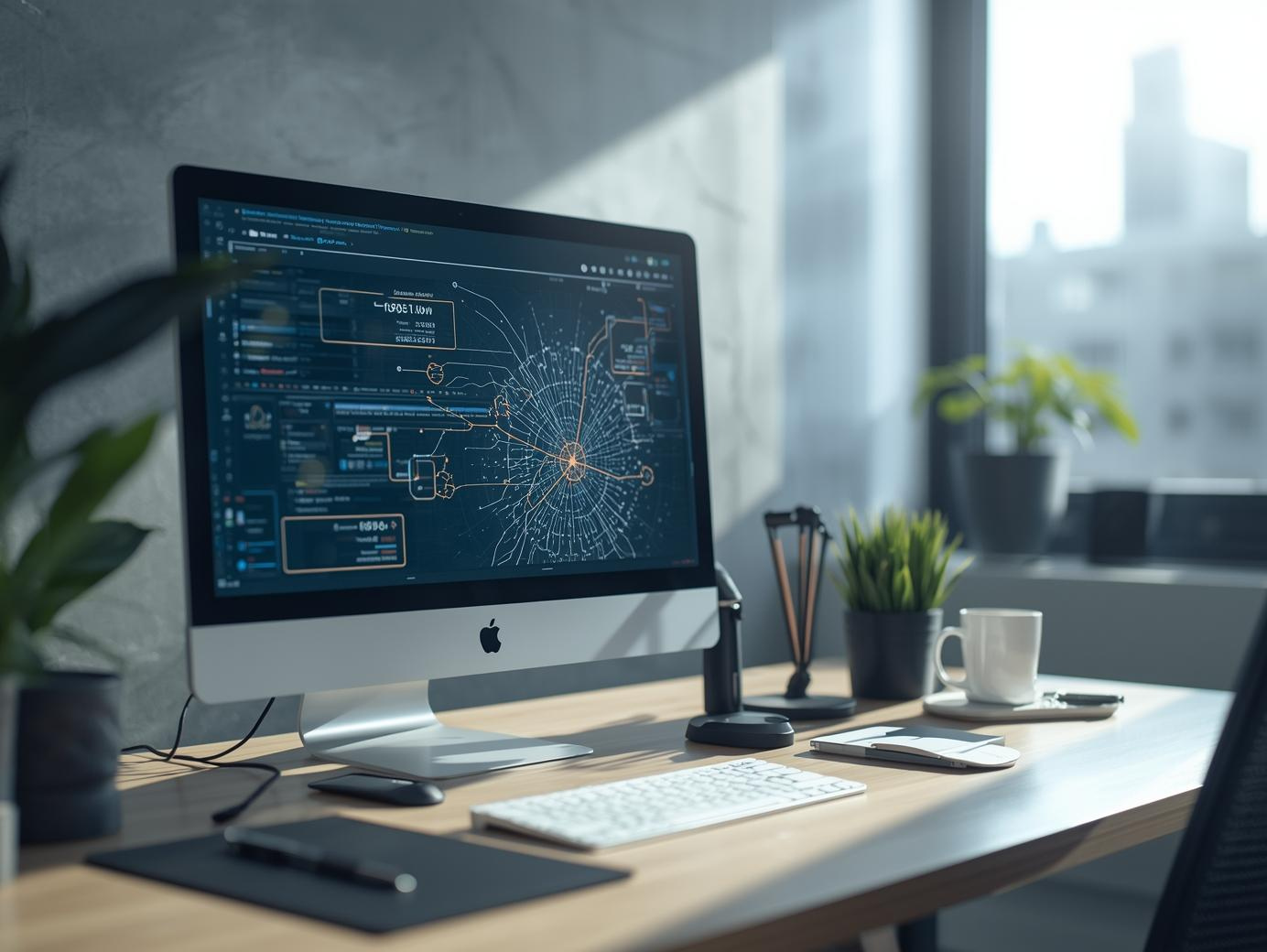Why You Should Build Your Next Portal with a CCMS

It's time to put the legacy portal to bed. New modern customer portals provide more capabilities to support the needs of your customers. And they do it on a new foundation – a component content management system. Why should you build your next portal on a component content management system? We'll give you three reasons why.
A Seamless Brand-forward Experience
There's more to brand than just colors and logos. Depending on the use case for your portal (Customer Support Portal, Partner or Extranet Portal, Student Portal, Employee Portal), you'll want to develop a specific user experience. Each portal type has different requirements, but also different information architecture and associated navigation.
When you build your portal on a CCMS, you have the ability to design custom templates for your portal, implementing your brand in a unique way. Equally important, you can create a seamless experience between all your customer channels.
The last thing you want to do is confuse customers with a disjointed experience across your digital properties. With your CCMS as the foundation, you can create a consistent, seamless experience.
Content and Application Hub
Along with a seamless brand-forward experience, a portal built on a component content management platform provides robust content management and application integration capabilities.
In a typical legacy portal, your options for content management capabilities are limited if there are any at all. What you have are links to other places where you provide content, often in a different user interface and design, or you have integration via portlets or web parts where you can add text-based content, but it isn't managed using a CCMS.
When you build your portal on a CCMS, you can create fully managed content in your portal. This includes complete governance of that content such as workflow and publishing rules. You can set up multiple authors and editors for content in different sections of the portal and ensure that content is well-written and maintained over time.
You can also connect to third-party applications and pull in content and data from those applications to portal pages. This deeper level of integration allows you to surface information in the portal, so the user doesn't have to go to the other application for everything they need. One example is to pull in support ticket information from a CRM and wrap content around the ticketing process that is managed by the CCMS. You can also integrate Knowledge Management content and surface it alongside tickets to provide self-service problem-solving.
Modern Technology and Web Standards
Websites have outpaced portal technology and specifications. Legacy portal technology like portlets and Web Parts are outdated and require heavier infrastructure to run. Today you have access to web services and RESTful APIs to connect content and applications easily.
Most applications provide an API that gives you access to content and some functionality. You use these APIs to access the application without using its interface. For example, your CCMS provides an API that gives you access to its content, enabling you to publish content from the CCMS into your portal pages.
Another example is connecting to the APIs for a CRM ticketing system, so you can retrieve support tickets for an individual and show them within a portal page. The user doesn't have to go into the ticketing system to see their tickets or take action on them. You can do the same thing to connect to a learning management system, an ERP, or most other business systems.
The other major benefit of modern technology and web standards is the ability to host your portal in the cloud. Many organizations have moved their business systems to the cloud – both private and public. Web services and REST-based APIs support cloud seamlessly and are lightweight technologies that help improve the performance of your portal.
The Right CCMS for Your Portal
Not every component content management system is appropriate for your portal. You want to look for a vendor who offers portal capabilities such as profile management and the ability to support multiple identity models (so your portal doesn't need to provide the identity model itself if you already have one). Also, look for portal capabilities such as communities, collaboration, and federated search, all of which add to the seamless, consistent user experience you want for your portal solution.


